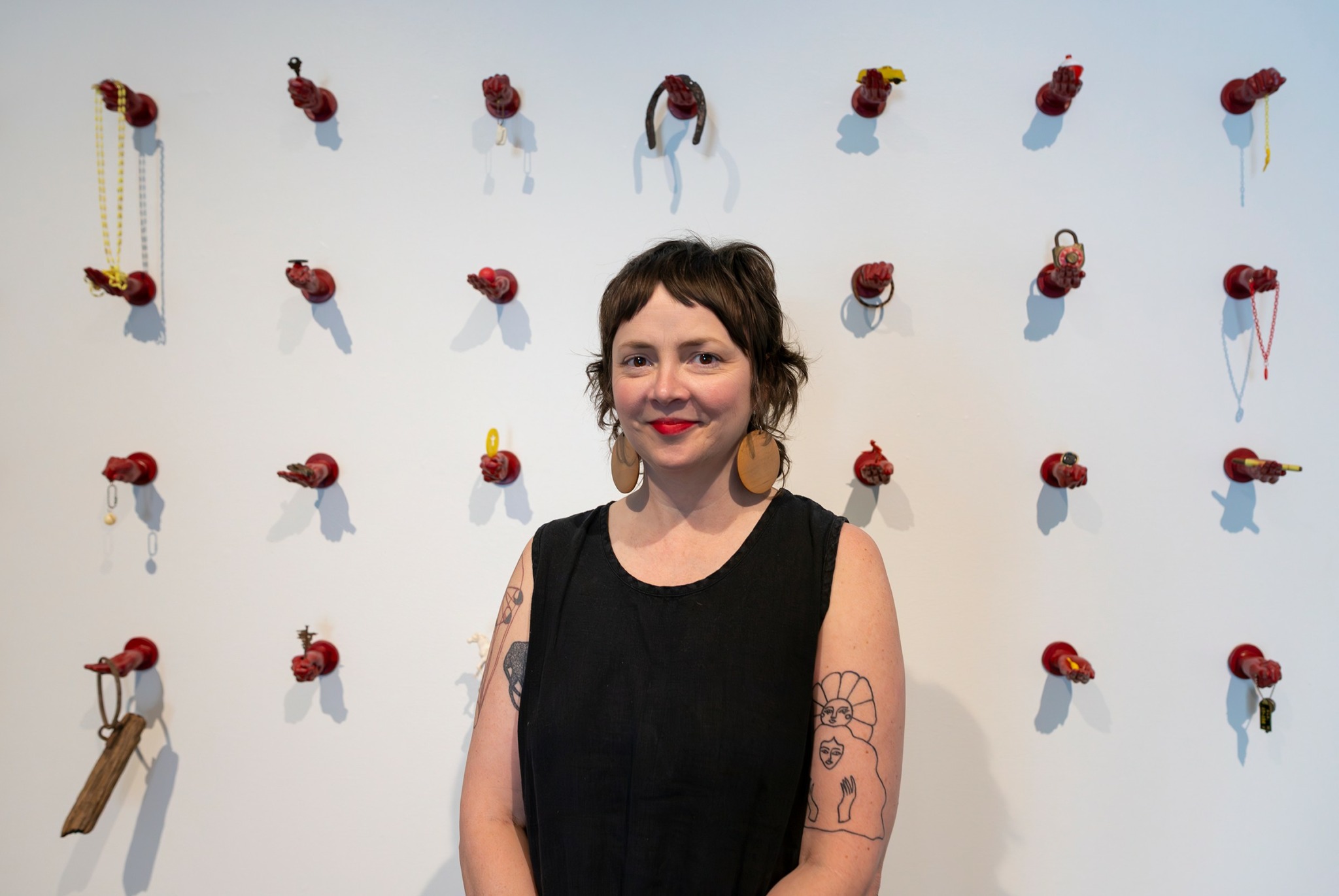We recently connected with Jennifer Wallace Fields and have shared our conversation below.
Alright, Jennifer Wallace thanks for taking the time to share your stories and insights with us today. One of the toughest things about progressing in your creative career is that there are almost always unexpected problems that come up – problems that you often can’t read about in advance, can’t prepare for, etc. Have you had such and experience and if so, can you tell us the story of one of those unexpected problems you’ve encountered?
One of the most unexpected challenges in my creative life wasn’t technical or material, it was learning to live with long, quiet stretches when I wasn’t producing anything at all.
I think about these periods of time when people ask how long it takes to make work. Like…where do you even measure the beginning of a piece? The hours your hands are physically on the work? The months an idea is incubating in your mind? Or the years you spend learning how to manipulate a material? The real answer, at least for me, is: all my life. That’s how long it takes.
When I was a kid, I loved to play in mud, collect little objects, and arrange and rearrange them. And now, even though my practice has moved through many mediums, I find myself returning to that same combination over and over of playing with mud, collecting, arranging, repeating. It’s a thread that has never really left.
But the less visible side of that story is that throughout my career, there have been periods, sometimes years, when I made no work at all. And that felt like failure. I carried a lot of shame. There were times I didn’t feel like I had the right to call myself an artist anymore. It was like being an orchard in winter: everything bare and still, and I truly couldn’t tell if anything would bloom again.
The resolution didn’t come as a sudden revelation but as a slow reorientation. I remembered that we still call a flower a flower when it isn’t blooming. We still call a tree a tree when it sheds its leaves.
Those dormant seasons aren’t the absence of life—they’re part of how life works.
Once I understood that, I could see my “unproductive” stretches for what they actually were: periods of collecting, observing, absorbing, living. Even when my hands are still, the internal labor continues. The world filters through me.
Art doesn’t happen outside of life. It’s made of it.
And accepting that has been one of the most transformative resolutions in my creative journey.
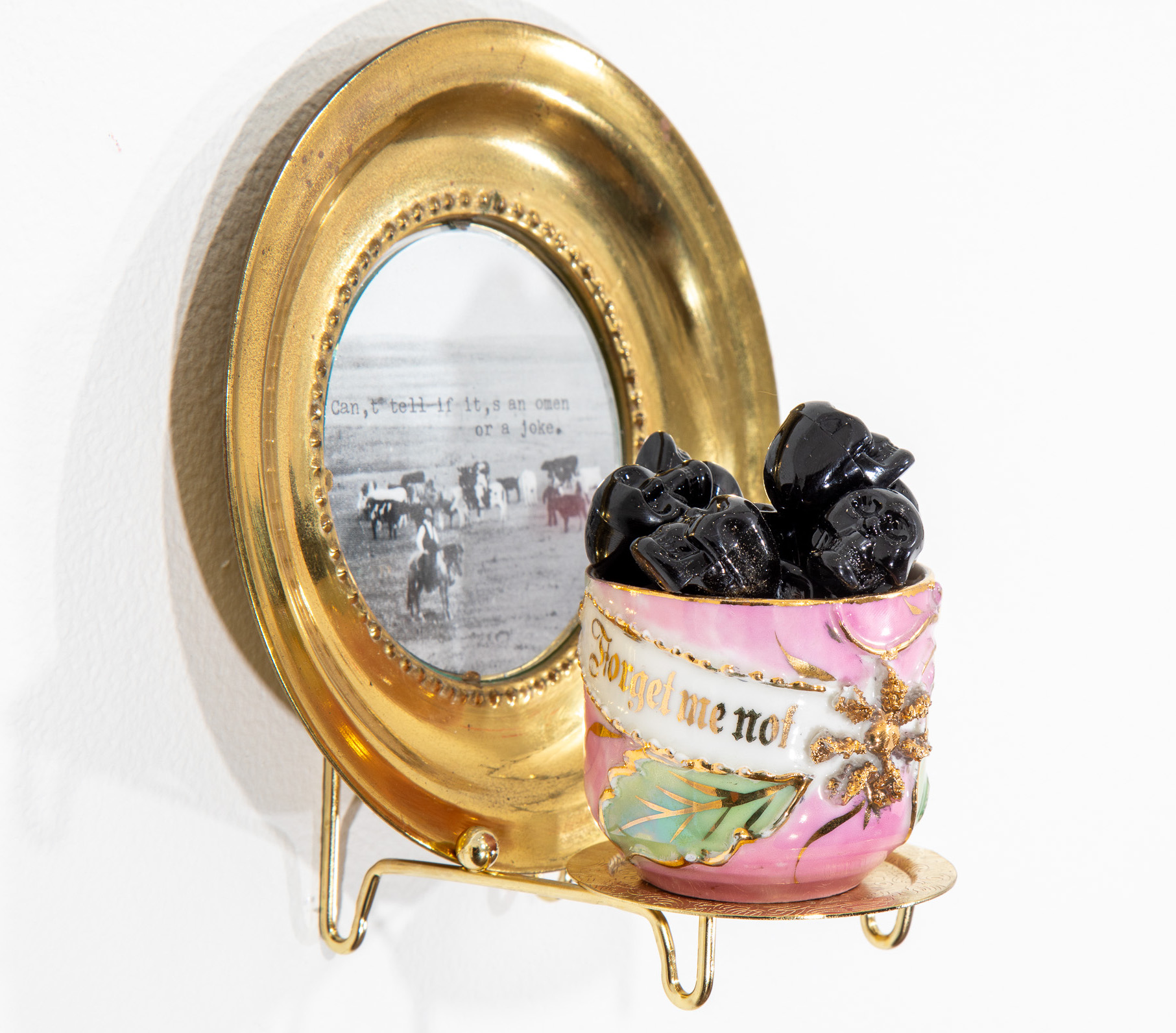
Great, appreciate you sharing that with us. Before we ask you to share more of your insights, can you take a moment to introduce yourself and how you got to where you are today to our readers.
For folks who may not have come across my work yet, I’m a visual artist and I think of my practice as a form of storytelling. I make sculptural pieces, often in ceramics and with found objects, that explore the fictional nature of memory and how nostalgia reshapes our personal histories.
My introduction to art was actually through craft. I grew up in the foothills of the Appalachian mountains, surrounded by makers and homesteaders. My parents were part of that community, and creativity was woven into daily life (literally, my dad was a textile engineer!). The couple who introduced me to clay dug their own from the fields on their farm, where they also grew broom corn to make handcrafted brooms. So my early understanding of art wasn’t about galleries or institutions; it was about people making what they needed with their hands because making was part of being alive. Those roots shaped how I see art today. I hesitate to draw a boundary between art and craft, because historically those lines have excluded craftspeople, self-taught artists, women, and artists of color from being taken seriously.
I feel compelled to magpie, gather, inherit, and collect. I am inspired by how we apply meaning to the objects we carry with us throughout our lives. We often use these objects as clues to understand strangers, loved ones, and ourselves. I am interested in how memories shift, fragment, fade, and evolve, revealing both their fragility and their power to define us. I often reverse-engineer narratives from discarded and overlooked things, bringing them into focus as a way to explore memory, loss, the subconscious, and an underlying interconnectedness we share.
Ultimately, my practice is a kind of emotional archaeology: a process of sifting through remnants to reconstruct the stories that shape who we are. In a way, my work is always asking questions: What have we forgotten? What have we inherited? What are we holding onto that isn’t ours? And how do we begin to make sense of all of that?
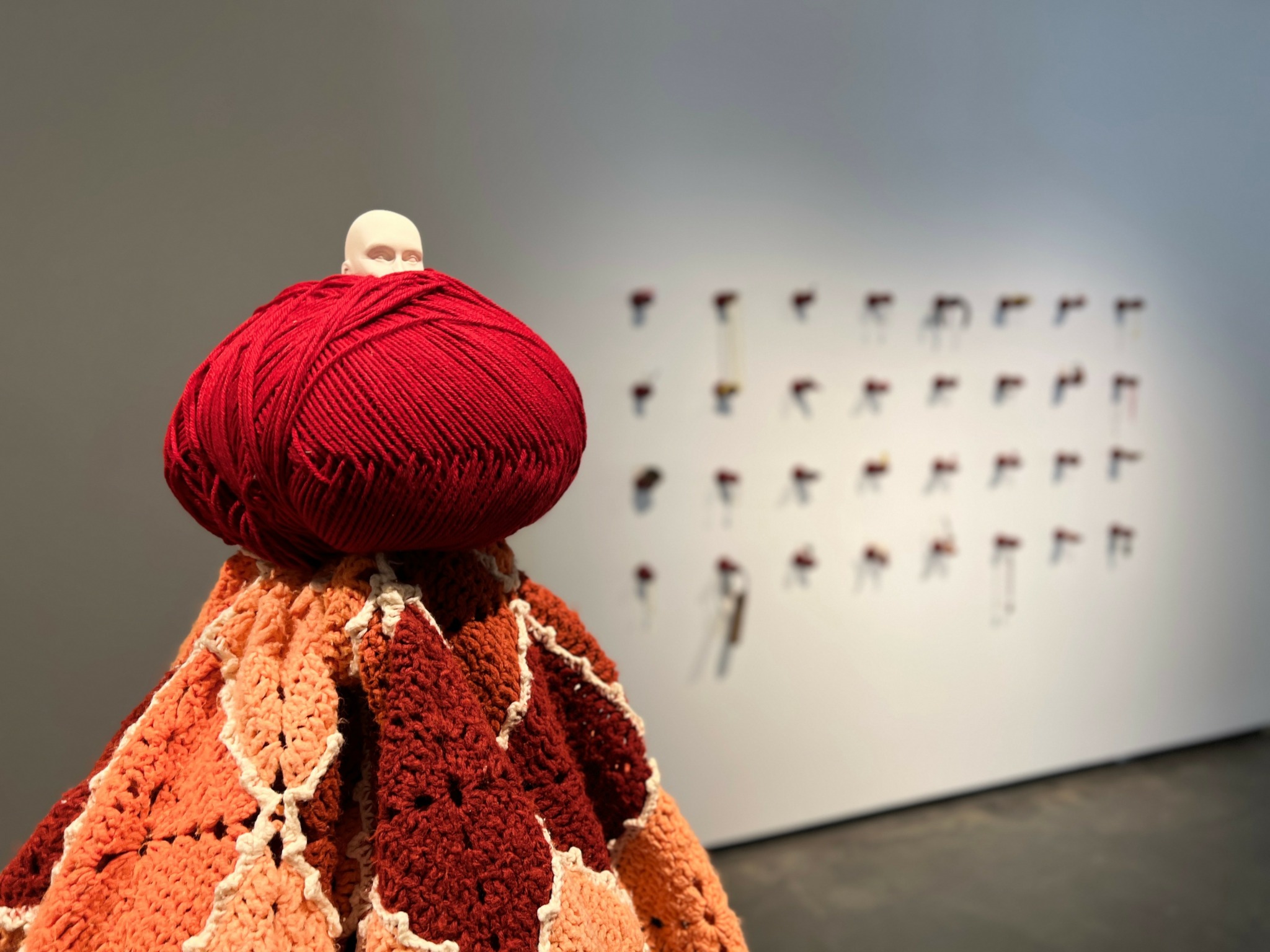
In your view, what can society to do to best support artists, creatives and a thriving creative ecosystem?
I think the best way to support artists is to remove barriers and broaden access. Not everyone has formal training, financial resources, or proximity to established institutions, but creativity isn’t limited to people with credentials. Affordable studio spaces, fair artist pay, funding for emerging and self-taught artists, and genuine support for diverse voices can change a community. We also need to expand our idea of what “counts” as art.
A thriving creative community isn’t competitive or gatekept, it’s collaborative, curious, and open. It requires more access, more openness, and more possibilities for people to enter and participate.
And most importantly, we have to recognize creativity as labor. Artists contribute to culture, mental health, social understanding, and the economy. Supporting them isn’t an extra, it’s essential. Paying artists fairly and treating their work as work isn’t a luxury. When we dismantle gatekeeping and invest in diverse voices, the entire ecosystem becomes richer, more honest, and more compassionate.
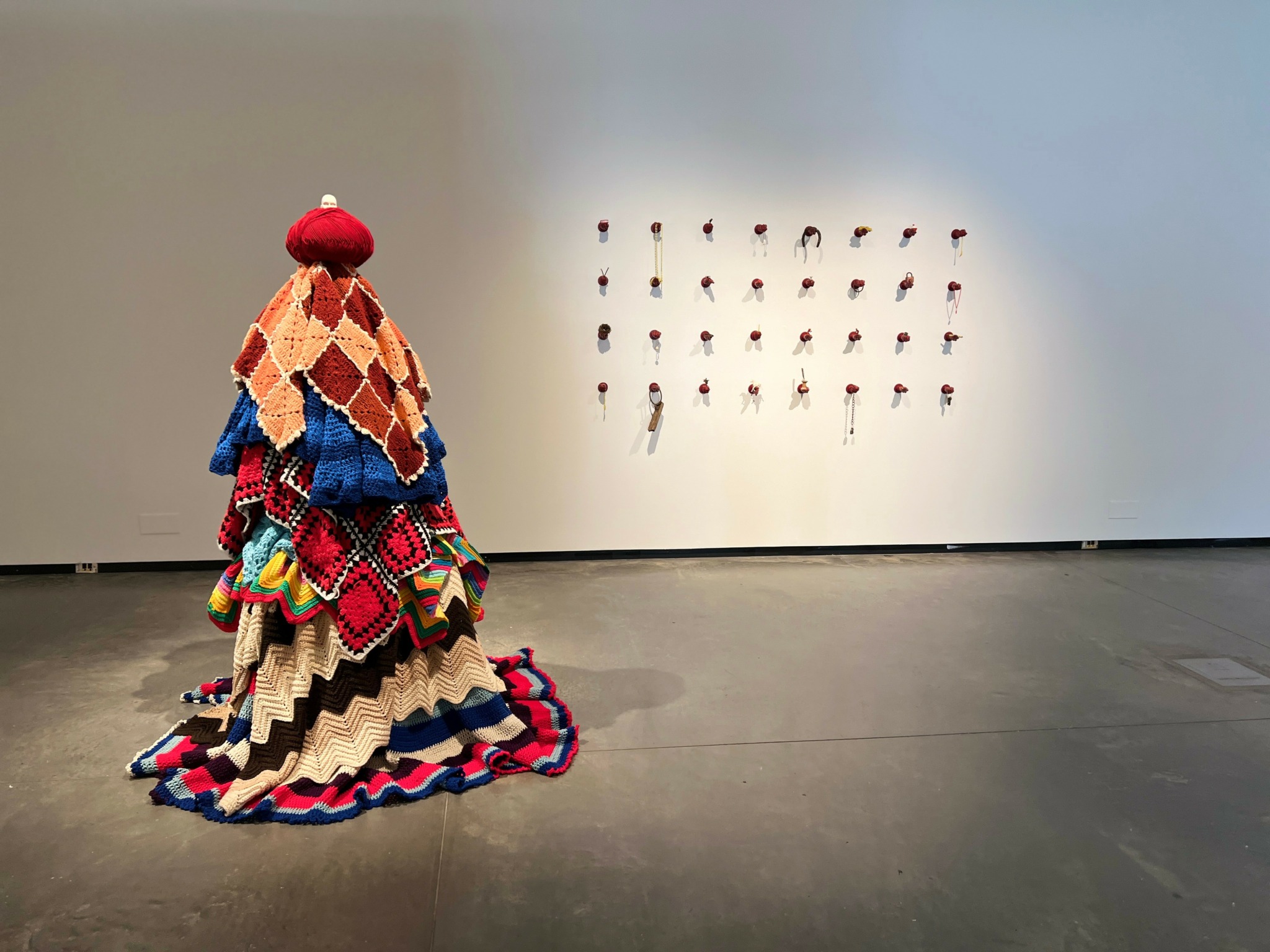
What do you think is the goal or mission that drives your creative journey?
Yes. My creative journey is driven by a search for authenticity, both personally and in the work itself. Much of my practice is rooted in unearthing and examining the stories, memories, and emotional patterns that shape us. I’m interested in what we inherit, what we carry, what we hide, and how those things surface in the body. Making work allows me to confront my own histories with honesty, curiosity, and vulnerability. It’s a way of telling the truth, even when the truth is complicated.
But that search isn’t just inward. I am very interested in the connection that can be found in art, the conversations that are facilitated. When someone sees my work and recognizes a feeling in themselves (grief, tenderness, memory, resilience) there’s a real exchange happening. That moment of recognition feels like two people saying, “I’ve felt that too.” I don’t make work to live behind gallery walls, I make it to be held emotionally, interpreted, questioned, and shared. The most meaningful part of this process is when my work becomes a bridge between my experience and someone else’s, without either of us needing the perfect language for it.
Ultimately I am trying to make work that is true to my experience, understanding myself more deeply through the process, and to creating openings for others to feel seen and less alone.
Contact Info:
- Website: https://www.jenniferwallacefields.com
- Instagram: litdeerstudio
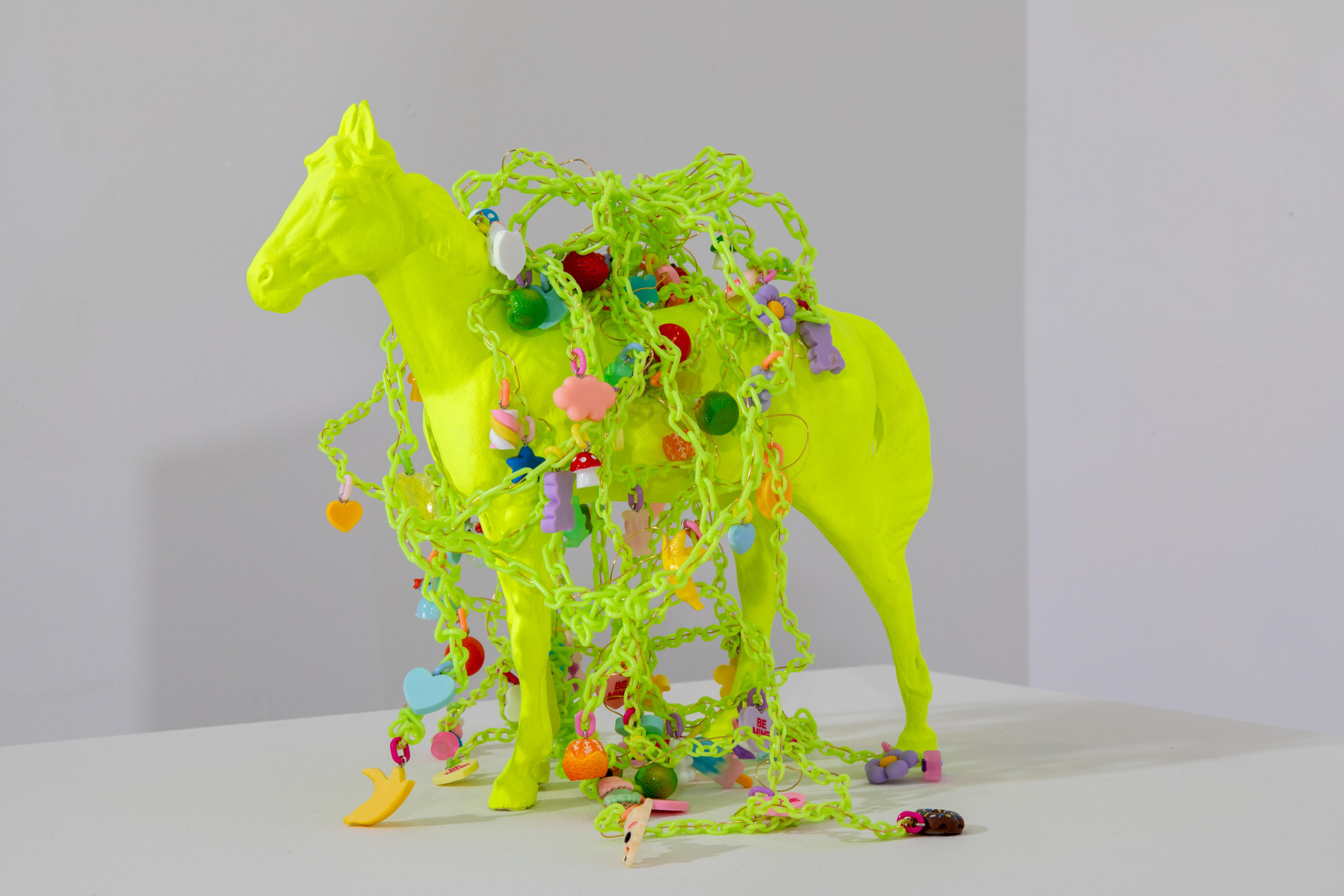

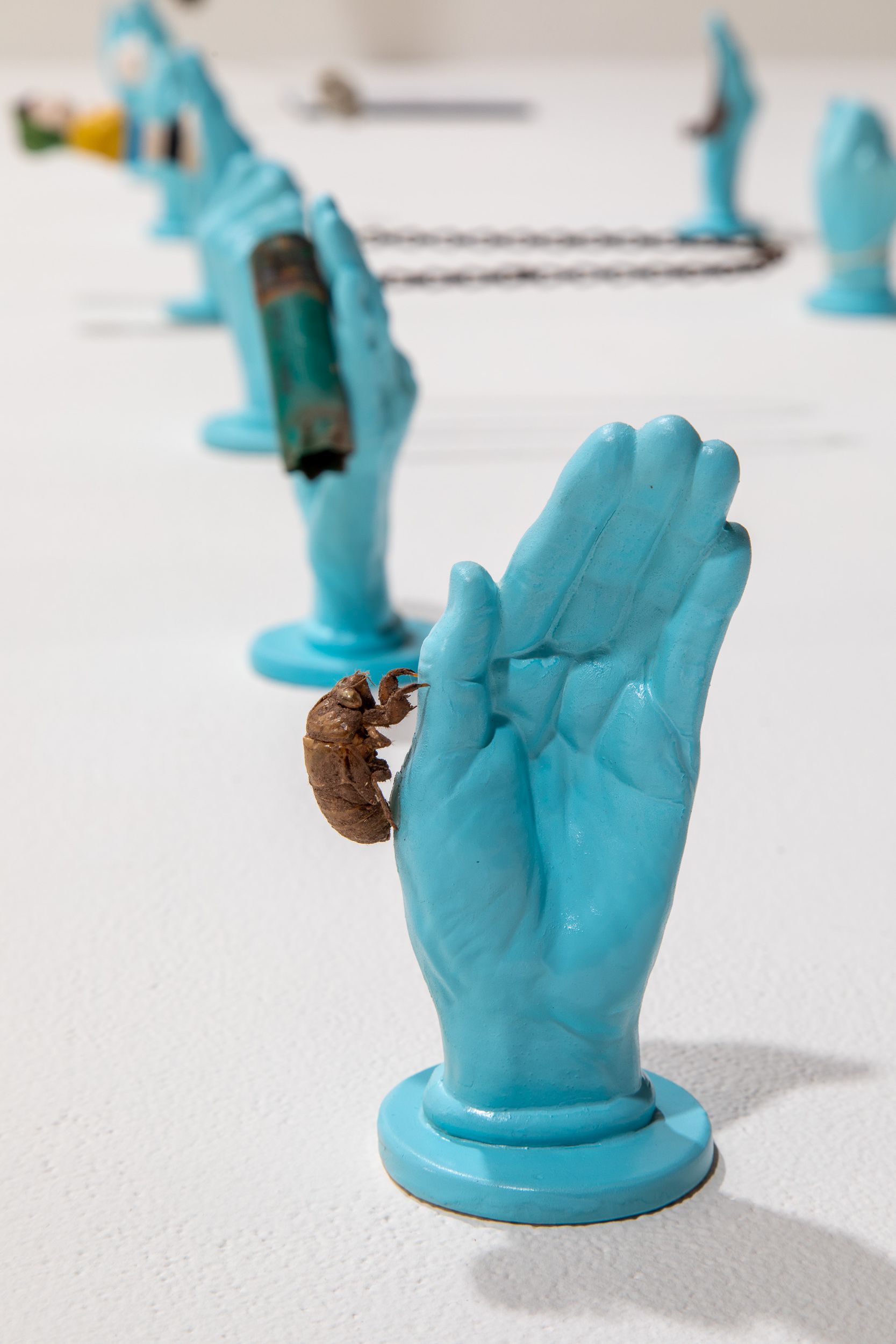

Image Credits
Sheleka Laseter
Beau Gustafson


